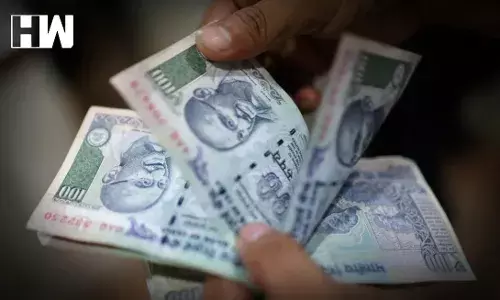The latest State of Inequality in India Report by the Economic Advisory Council to the Prime Minister showed that India’s income profile is outlined by a growing disparity between those who lie on the top end of the earning pyramid and those on the bottom.
Prepared by the Institute for Competitiveness, and commissioned by the Economic Advisory Council of the Prime Minister (EAC-PM), the report titled ‘The State of Inequality in India’ shows abject failure of the trickle-down approach to economic growth.
The report says the top one per cent of the country accounts for 5 to 7 per cent of the national income, whereas around 15 per cent of the working population earns less than ₹ 5,000 (about $64) a month.
People who earn an average of ₹ 25,000 per month reside in the top 10 per cent of the total wages earned bracket, which accounts for about 30-35 per cent of the total income.
In an another concerning aspect of the report, it states that the income of the top 1 per cent shows a growing trend while that of the bottom 10 per cent is shrinking.
The report, citing the Annual Report of the Periodic Labour Force Survey (PLFS) 2019-20, said annual cumulative wages came to be around Rs 1,869.91 lakh crore. Top 1 per cent of wage earners, out of the aforementioned total, got nearly Rs 127.48 lakh crore, while the bottom 10 per cent accounted for Rs 324 lakh crore in FY20.
This difference in income distribution, according to the report, resulted in top 1 per cent earning more than thrice as much as the bottom 10 per cent.
There is a huge gap in household wealth between rural and urban spaces if believed the National Family and Health Survey (NFHS) 2015-16 data. More than 50 per cent of the households fall in the bottom proportion of wealth concentration (about 54.9 per cent).
Across 3 survey rounds from FY18 to FY20, the report highlighted that the share of top 1 per cent in total income has only increased — from 6.14 per cent in FY18 to 6.84 per cent in FY19.
As an independent media platform, we do not take advertisements from governments and corporate houses. It is you, our readers, who have supported us on our journey to do honest and unbiased journalism. Please contribute, so that we can continue to do the same in future.

